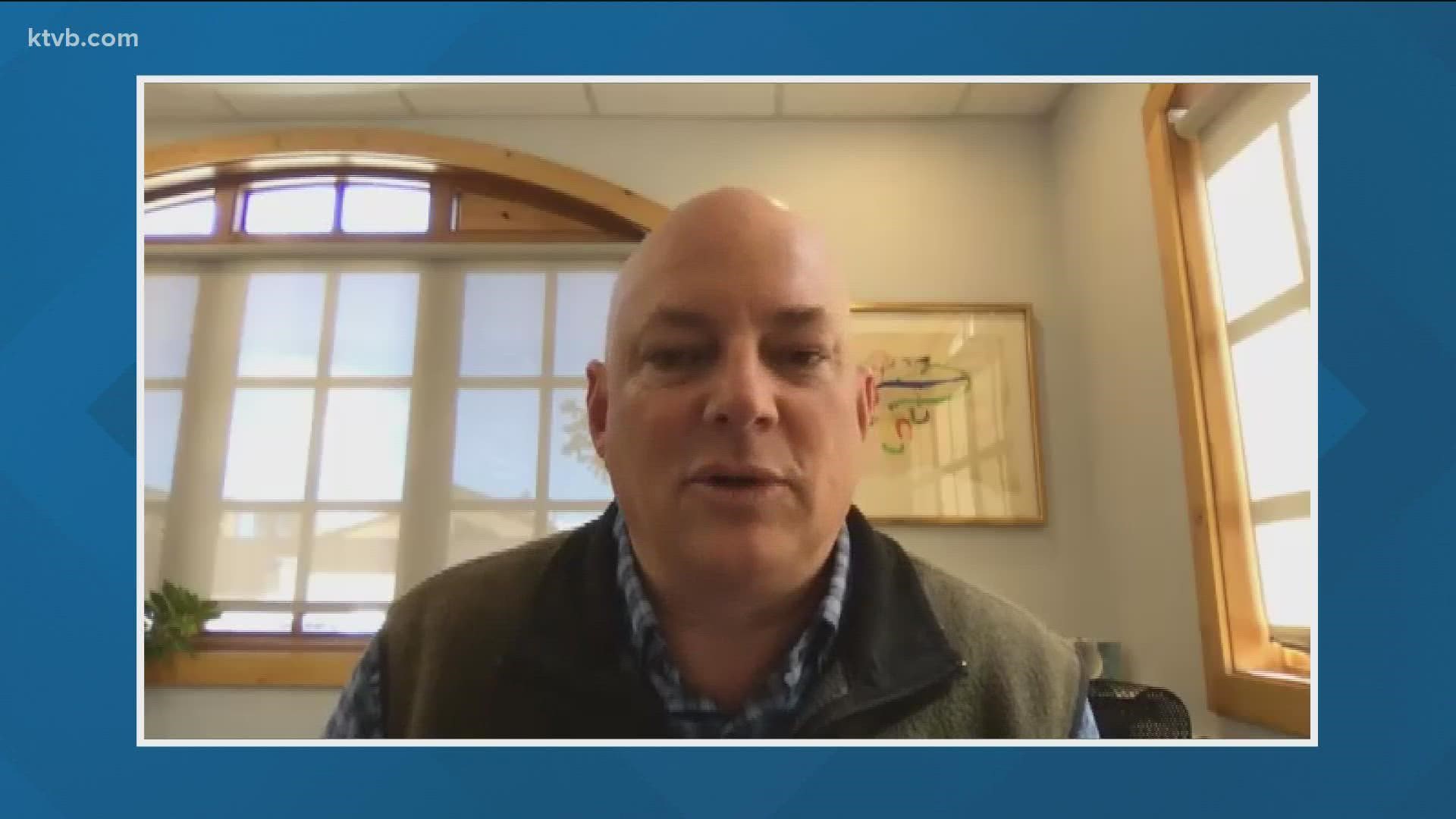KETCHUM, Idaho — Ketchum leaders developed plans to ensure more affordable housing is occupied by those working and living in the city as Blaine County continues to grow.
"It's been a difficult situation," said City of Ketchum Mayor Neil Bradshaw.
Bradshaw said employees in the Ketchum, like nurses, teachers and restaurant workers, are forced to find homes out of town and further South, like in Twin Falls. Because of the long commutes, local businesses are having trouble finding employees, causing shorter hours and fewer days they're open.
According to data from Ketchum, over the next 10 years, the population in Ketchum has steadily increased and saw huge growth in 2020 because of the pandemic. Short-term rentals (STR) increased by 49%.
While STRs are seeing substantial increases, long-term rentals (LTR) are not. LTRs made up 31% of the city's residential units in 1970. In 2019, LTRs only made up 10 percent of residential units.
"We really want to provide as much as possible support to our businesses and support to the businesses also that that serve our tourists to our town," Bradshaw said.
Data from the Ketchum's housing assessment shows the city will need about 660 to 980 homes in the next ten years to keep up with the growth and need. The assessment found its workforce primarily lives in low or middle-class households (under $45,355 a year or $23 an hour). The assessment said about 60% of "local renters live in unaffordable housing," which means they pay more than 30% of their gross income on housing.
"I think the community has always known there's a problem going on," said Michelle Griffith, the executive director of ARCH Community Housing Trust. "I think that community members recognize the need and they've seen the downside of not having housing. Businesses are closing and hours are being limited."
To help fund more affordable housing for the workforce in Ketchum, city leaders have unveiled its Housing Action Plan which hopes to increase access, creation, and preservation of homes for a range of incomes.
The plan is broken down into various short-term and long-term goals, which are: producing and preserving housing, improving services to create housing stability, using resources to inform, engage and collaborate, and updating policies to promote housing.
"I think just starting the conversation and bringing in the stakeholders are the best thing," Griffith said. "The plan identifies a number of avenues, including trying to encourage homeowners to put existing homes into an LTR pool that has an immediate benefit, which is very helpful."
The plan hopes to secure a minimum of 650 units of local workforce housing in the next ten years, ensure at least 60 percent of the city's housing are owners or long-term occupied and 40 percent of the workforce can actually live in Ketchum.
"If we just have second homes, if just we have dark homes it doesn't make for a healthy town," Bradshaw said. "With more people living and working in our town, it's going to be good for the health of our town."
To help fund some of this plan the city is putting forth a ballot measure that would increase local-option taxes (LOT). If passed, LOT percentages would increase .75% on retail sales, 2% on lodging, 2% on by-the-drink liquor, and 1% on building materials. Bradshaw said under Idaho law, resort towns are able to offset the costs of services to visitors.
Voters will decide on May 17 whether to raise LOT collection percentages.
Bradshaw also said the city is also able to generate funds from the construction as part of their in-lieu housing funds. Some of the funds have already been used for the Bluebird Village project.
For more information on the housing plan, click here. The City Council will review the final draft on May 9.
Watch more Local News:
See the latest news from around the Treasure Valley and the Gem State in our YouTube playlist:

